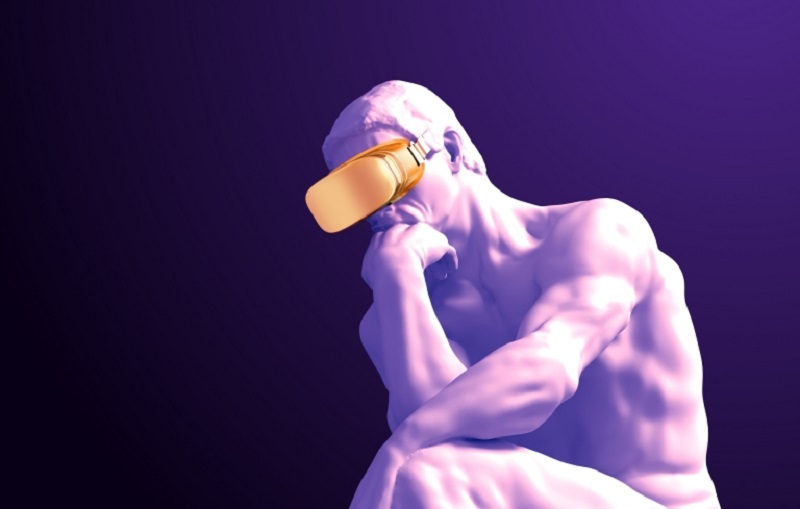PARIS, Jan16 ― From virtual visits and augmented reality artworks to TikTok videos filmed in hidden corners, museums have turned massively to digital tools and technology to maintain contact with would-be visitors during periods of Covid-19 restrictions. However, new European research reveals that many are still struggling in the race for digital transition.
The figures speak for themselves: Paris's famous Louvre museum saw a 72 per cent drop in visitors last year. An alarming figure for the French institution, which welcomed some 9.6 million visitors in 2019. And it isn't the only museum suffering the effects of the pandemic, according to the Network of European Museum Organisations (NEMO). The organisation surveyed 600 museums in nearly 50 countries worldwide, mostly in Europe. The majority of institutions reported a 25 to 75 per cent drop in visitors since the start of the pandemic. Two in 10 even reported a drop in visitors of over 75 per cent.
Faced with the scale of the problem, many museums have decided to improve their online offer, creating new ways of interacting with art under lockdown or other periods of restriction. According to NEMO, more than two thirds (67 per cent) of museums polled had ramped up efforts on social media to share the treasures of their collections and exhibitions with online audiences. A quarter of museums surveyed started creating video content. The Paris-based museum of Asian art, Musée Guimet, for example, took art fans into its reserve with the Guimet Underground video series.
Digital transition doesn't always come naturally
Although these initiatives have often been welcomed, most of the museums polled didn't think they had the necessary skills to effectively pursue their digital transition. Over 80 per cent suggested that their museum requires “additional support” with digital tools and transition. And over 40 per cent of museums said they require assistance with building a digital strategy. As NEMO points out, it's important to address these needs quickly to allow museums to find new sources of revenue in their digital offer. Some, such as London's National Gallery and Victoria and Albert Museum, have already got well underway, rolling out online courses and pay-to-view online exhibitions. ― AFP-Relaxnews






















